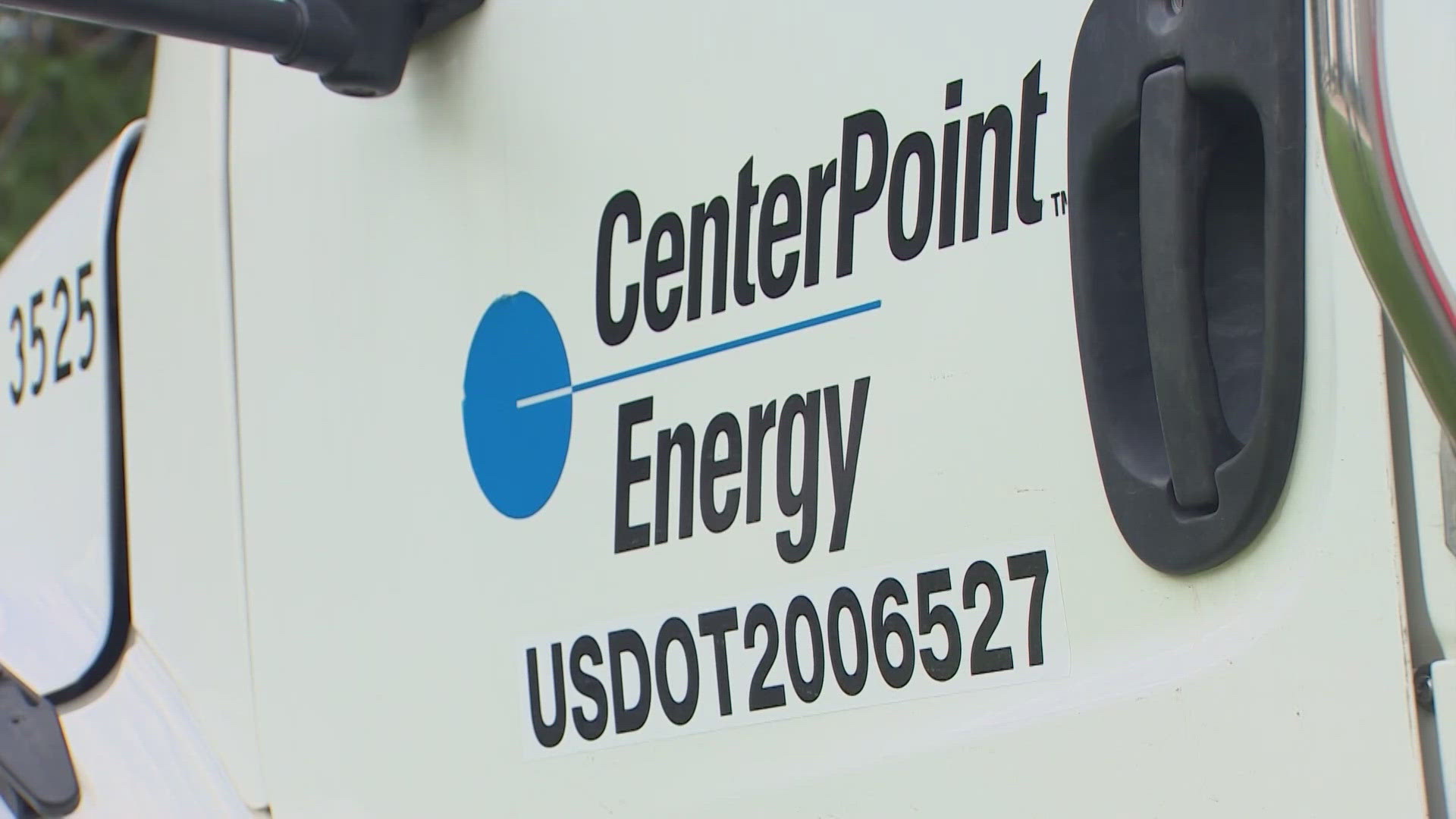HOUSTON — CenterPoint Energy announced Wednesday the completion of three core resiliency actions as part of phase 1 of its Greater Houston Resiliency Initiative.
The Greater Houston Resiliency Initiative (GHRI) includes "targeted" actions to improve CenterPoint Houston's electric grid this hurricane season and beyond, according to the company. This initiative was created following Hurricane Beryl.
During this "immediate" first phase, which was completed ahead of schedule, more than 2,500 employees and contractors were mobilized and completed the following:
- Installed more than 300 automation devices to help reduce the impact of outages during storms (completed on Aug. 11)
- Installed more than 1,000 stronger poles that can withstand more powerful winds (completed on Aug. 20)
- Trimmed and/or removed hazardous vegetation from more than 2,000 miles of power lines (completed on Aug. 27)
“We have heard the call to action from our customers and elected officials, and we are responding with bold actions. Our defining goal, going forward, is this: to build the most resilient coastal grid in the country that can better withstand the extreme weather of the future. To achieve this ambition, we will undertake a historic level of resiliency actions and investment, because this is what the people of the Greater Houston area expect and deserve,” said Jason Wells, CenterPoint President and CEO.
The company's resiliency plan also includes near- and long-term actions. CenterPoint will launch the near-term phase on Sept. 1.
This phase includes actions to strengthen grid resiliency further, improve public and customer communications and strengthen local, community and emergency partnerships for this winter and before the 2025 hurricane season.
These actions are outlined in a letter to Texas lawmakers, according to the company.
As part of its longer-term strategy, CenterPoint will propose investing about $5 billion from 2026 to 2028. This would mark the company's largest investment into the Greater Houston area's infrastructure in 160 years, according to the company.
This proposal will be outlined in a new system resiliency plan that is expected to be filed with the Public Utility Commission of Texas on or before Jan. 31, 2025.
In its letter to lawmakers, the company committed to evaluating the role of large-scale temporary emergency generation. It also apologized to lawmakers for not communicating more clearly to them about the cost and the limitations of large-scale units.
CenterPoint is working to address this issue, including a proposal to forego approximately $110 million in profit. This is equal to more than half of the equity earnings from the company’s lease of temporary emergency generation.
The company said it will continue to prioritize affordability by conducting an independent third-party assessment of the benefits and costs of longer-term investments.

